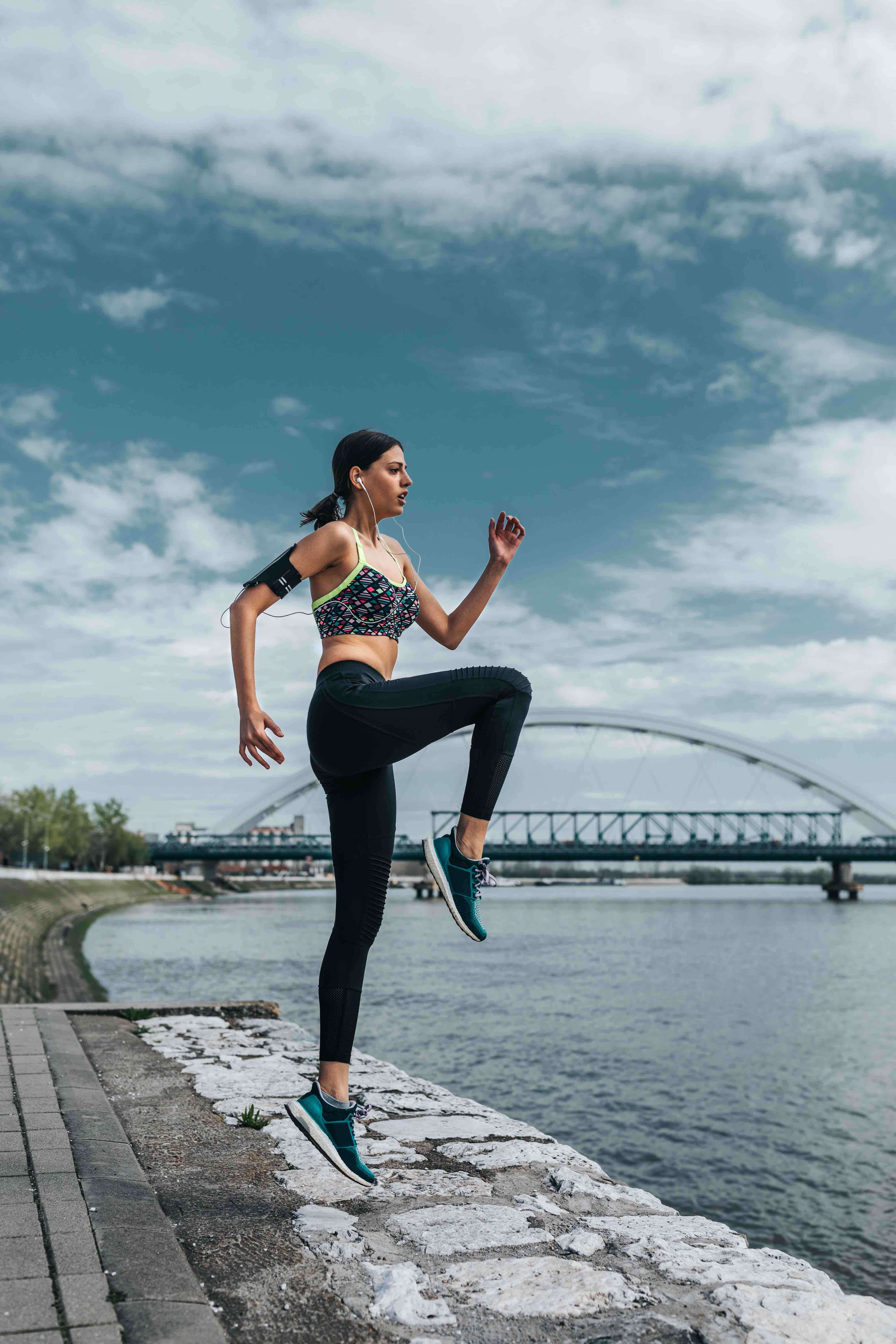Patellar Tendonitis (Jumpers Knee)
Germane anatomy for patellar tendonitis

Two tendons support the bottom and top of the kneecap. The topside attaches the kneecap to the quadricep, and the bottom side tendon attaches the kneecap to the shinbone, or tibia. The condition called “jumper’s knee” effects the lower side attachment of the kneecap to the tibia. Inflammation of the patellar tendon, called patellar tendonitis, weakens the tendon while inflamed and may lead to small tears. Patellar tendonitis may also be associated with a patellar tracking disorder.
Symptoms of Patellar Tendonitis
Patellar tendonitis commonly manifests in people who participate in activities that require repetitive running or jumping. Ironically, “jumpers knee” more commonly appears in runners than jumpers. Common symptoms of “jumper’s knee” include pain, tenderness, and swelling around the bottom side of the kneecap, aggravation of pain from impact such as walking, running or jumping, and pain while either bending or straightening the leg. If you are experiencing these symptoms visit an orthopedic specialist to rule out more serious conditions that have overlapping symptoms.
Treating patellar tendonitis
Treating patellar tendonitis does not usually include corticosteroid injections around the infrapatellar tendon due to correlation of increased tendon weakness and likelihood of tendon rupture. Many inflammation based, repetitive stress conditions, focus to the reduction of the inflammation and control of the pain. Treatment consists of resting the knee while the knee recovers, ice packs on and off as tolerated, compression of the knee, and elevation of the knee above the heart. These first aid concepts will help the tendon recover by reducing the swelling. Using over the counter NSAIDs, such as Ibuprofen, will reduce the pain and swelling further for your comfort. When the knee recovers you should focus on balancing the muscles of the leg and strengthening the knee. Stretching for flexibility will also go towards keeping the knee healthy and free from symptoms. If your patellar tendonitis flares up regularly after your attempts to balance and strengthen the knee a trip to physical therapy may be helpful for guidance on strengthening and balancing the knee and legs. A well supported and balanced knee helps prevent injury.

